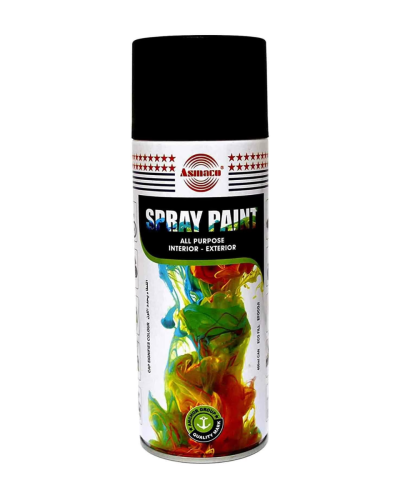Introduction
In today’s world, where design meets innovation, few tools have redefined creativity as effectively as spray paint. Once limited to artistic expression, it’s now a go-to choice for professionals across the design, automotive, and construction industries. Its smooth application, quick results, and long-lasting finish make it a modern essential for anyone seeking both performance and elegance in surface finishing.
The Evolution of Surface Coatings
The traditional brush-and-roller painting methods were once the standard. However, as industries began demanding more efficient and consistent results, new techniques emerged. Among them, spray-based applications stood out for their ability to deliver flawless coverage with minimal effort.
This advancement changed how surfaces were treated, turning routine coatings into durable, sleek finishes. Modern formulations are engineered for enhanced adhesion, improved environmental safety, and increased resistance to wear. These innovations ensure a balance of protection, color richness, and aesthetic appeal, making it a preferred method across countless fields.
The Professional Edge in Every Project
When it comes to achieving a seamless finish, professionals rely on spray techniques for a reason. The process eliminates visible strokes, reduces paint waste, and ensures even distribution. Whether used for metal structures, decorative pieces, or vehicle exteriors, the results speak for themselves: polished, uniform, and precise. Efficiency is another major factor. What once took hours with a brush can now be done in minutes without compromising quality. This makes it ideal for projects where both speed and perfection are priorities.

Why This Method Stands Out
One of the key reasons this technique has become so popular is its versatility. It adapts to nearly every surface and setting. From small-scale art projects to large industrial coatings, the same technology scales effortlessly, offering professional-grade results without complex equipment.
Here are a few standout benefits that make this method the modern standard for finishing solutions:
- Even Coating: Achieves uniform layers on both smooth and uneven surfaces.
- Durable Finish: Protects against rust, weather impact, and UV exposure.
- Fast Drying: Shortens project timelines significantly.
- Wide Compatibility: Works perfectly on wood, plastic, and metal.
- Aesthetic Flexibility: Available in numerous textures and finishes.
Each of these benefits reflects why both designers and engineers continue to favor this application method.
Creative and Industrial Uses
The beauty of this coating solution lies in its adaptability. In interior design, it allows creators to experiment with color gradients, metallic effects, and matte finishes that transform everyday objects into statement pieces. From refurbishing vintage furniture to designing wall art, it offers endless possibilities for expression.
In industrial environments, it’s equally impressive. High-performance coatings are engineered to withstand environmental stress, making them ideal for automotive manufacturing, construction materials, and outdoor installations. This dual role, functional and decorative, makes it an integral part of modern design processes.
Innovation Driving the Future
Recent developments have taken spray systems far beyond their early designs. Adjustable nozzles, smart spray guns, and advanced formulas have made the process more efficient and eco-friendly. Many of today’s products use low-VOC or water-based materials that minimize environmental impact without sacrificing durability.
Automation has also entered the scene. Factories now use robotic arms and AI-assisted tools to achieve perfect coverage and color consistency across mass production lines. This integration of technology ensures precision, reduces material waste, and maintains uniformity even on complex geometries.
Across Industries and Applications
This coating method has cemented its place in multiple industries, each leveraging it for distinct advantages:
- Automotive: Ensures glossy, durable finishes and improved corrosion resistance.
- Architecture: Used in protective coatings for steel structures and façades.
- Interior Design: Adds vibrant, modern touches to furniture and décor.
- Manufacturing: Protects machinery and tools while maintaining aesthetic standards.
- Art & Craft: Enables creative freedom with precision and texture control.
This versatility highlights its universal appeal; bridging art, engineering, and sustainability in one streamlined process.
Maintenance for Lasting Results
Like any surface treatment, longevity depends on proper care. Regular cleaning with mild solutions keeps the finish intact, while avoiding abrasives prevents scratches. Depending on exposure and use, reapplication may be needed every few years to maintain its sheen and protection. Storing unused cans or equipment properly also ensures consistent results when reused later.
Conclusion
Spray paint represents more than just a method; it’s a bridge between creativity and functionality. From bold art murals to precision-engineered coatings, it has become an essential element in shaping how we design and protect the world around us. Its adaptability, efficiency, and stunning finish make it a favorite across industries and among creators alike. As technology continues to evolve, so does this transformative medium, empowering professionals and artists to bring imagination to life with precision, color, and enduring quality.



Add Comment